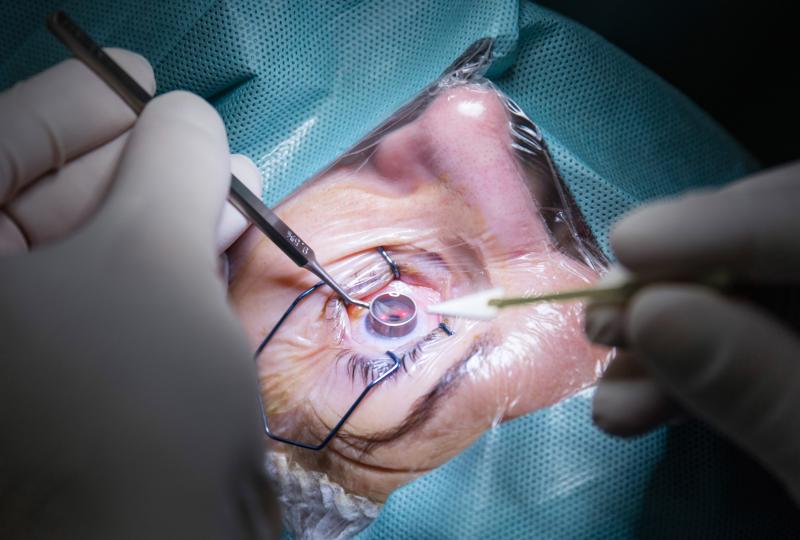 The future of eyesight restoration may come from a most unlikely corneal donor – pigs.
The future of eyesight restoration may come from a most unlikely corneal donor – pigs.A large case series of enucleations has shown a low rate of implant exposure, which indicates that absence of wrapping material around hydroxyapatite orbital implants does not compromise surgical outcomes. It has also reduced surgical time and prevented complications from wrapping materials.
A retrospective review was conducted on consecutive enucleations with primary hydroxyapatite orbital implant insertion performed at the Scottish Ocular Oncology Service between 1990 and 2014. The unwrapped implant was placed in the posterior portion of the socket and recti muscles sutured end-to-end over the implant.
Of the 347 consecutive enucleations, 59.7 percent had an indication of tumour-related pathology and 40.3 percent painful blind eye. Seventy percent received an implant of 22-mm diameter.
Several complications occurred over a mean follow-up of 3.5 years, including postenucleation socket syndrome (11.5 percent), chronic discharge (9.2 percent), chronic pain (4.3 percent), recurrent conjunctival infection (2.3 percent), conjunctival cysts (2 percent), contracted socket (1.4 percent), implant exposure (1.2 percent), haematoma (0.6 percent) and ill-fitting prosthesis (0.6 percent).
Implant exposure (n=4) occurred at an average of 4.5 months after surgery. Management of this complication included temporalis fascia graft (n=1), tarsoconjunctival flap (n=1), implant removal (n=1) and observation (n=1).
Of the patients, 9.8 required further surgery, including lower lid tightening (4.3 percent), ptosis repair (2.3 percent), conjunctival cyst excision (1.2 percent), fornix reconstruction (1.2 percent), graft/flap for exposure (0.6 percent) and implant removal (0.3 percent).
“Posterior implant placement and end-to-end recti suturing contribute to the success of the procedure,” the authors said.